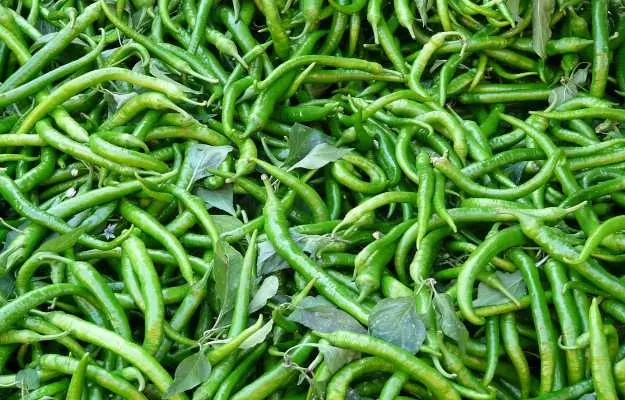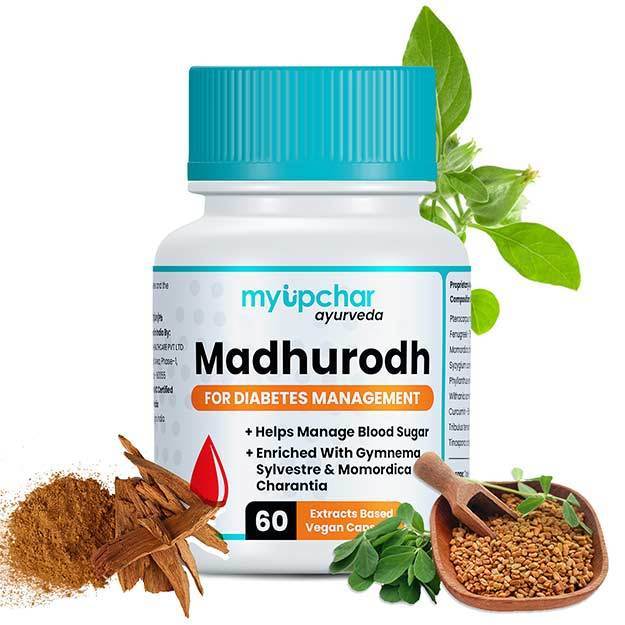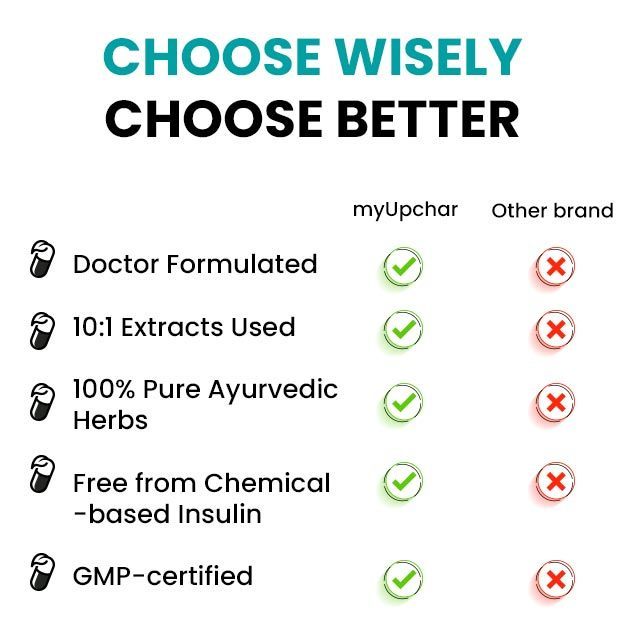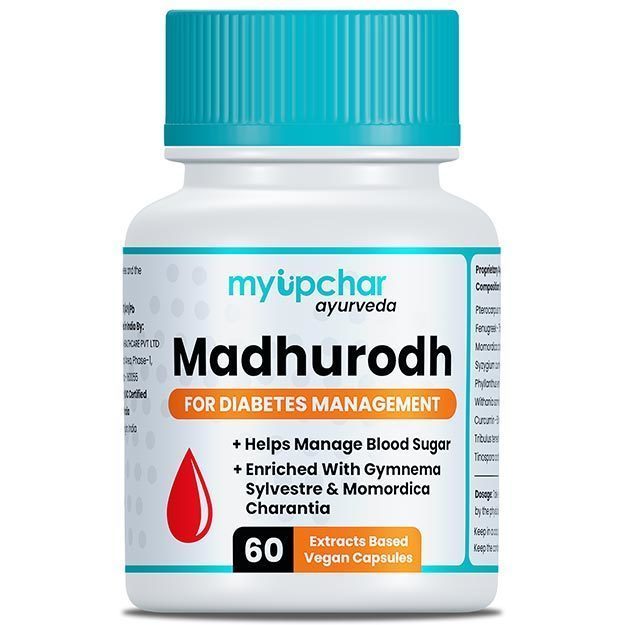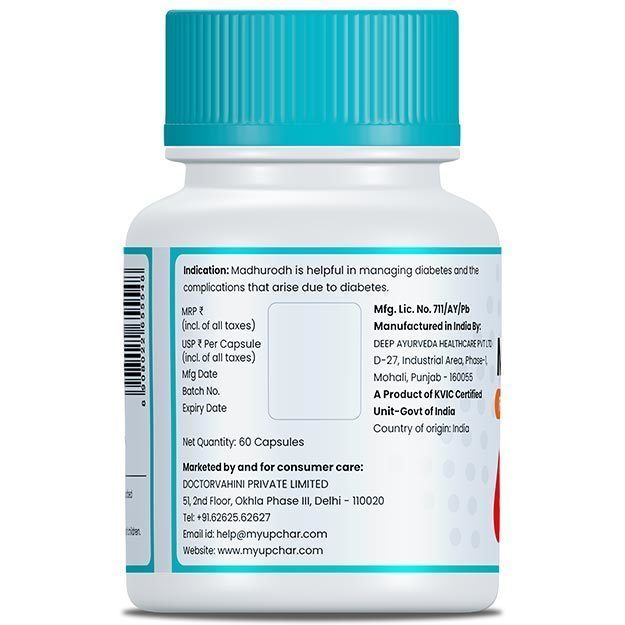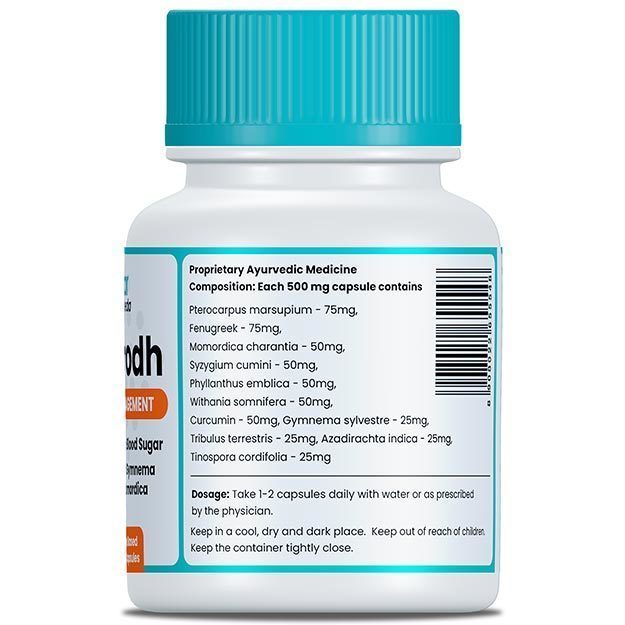Indian food is famous for its spicy flavours. Thank the plethora of spices that form a part of our cuisine. From the spiciest red naga to sweet peppers and capsicums, the Indian cuisine has it all. But one spice that cannot be missed is the favourite and the most delectable green chilli. Name a food it cannot enhance the flavour of.
As delicious it makes your foods, have you ever wondered that green chilli can have health benefits?
Well, it is full of antioxidants, which are excellent for your health and skin. Chillis also help in boosting metabolism helping you lose weight. Further, green chillis have a compound called capsaicin, which has a number of benefits for your health.
All these benefits will be explored in this article along with its side effects, which include heartburn and digestive upset, which are observed with an overuse. This suggests that you must not overindulge with chillis.
Before beginning with these benefits and side effects, let’s have a look at some basic facts.
Some basic facts about green chilli
Green chilli forms an indispensable part of the Indian cuisine and is basically a hot tasting berry, first discovered in America. Since then it has travelled the world and is grown across continents. Green chillis are used fresh, dried or even pickled and are also eaten raw in salads. Green chilli grows on a shrub, 1.5 metres in height. This plant branches and has flowers in groups of 1 to three, which are whitish green in colour.
- Scientific name: Capsicum annuum
- Family: Solanaceae
- Common name: Chilli, chili, green chilli, hari mirch, mirch
- Parts used: berry and leaves
- Native region and geographic distribution: Green chillis are native to North and South America, where they were discovered and first grown. Currently, India produces 65.8% of the chillis majorly in the states of Andhra Pradesh, Gujarat, Maharashtra, Orissa and West Bengal.
- Nutritional facts of green chilli
- Health benefits of green chilli
- Green chilli dosage
- Green chilli side effects and risks
Nutritional facts of green chilli
Green chilli is loaded with a number of vitamins, minerals and nutrients, which are responsible for its antioxidant actions and contribute to its health benefits. These are:
Value per 100 gram
- Water- 87.8 gram
- Energy- 40 kcal
- Protein- 2 gram
- Carbohydrate- 9.5 gram
- Fibre- 1.5 gram
- Sugar- 5.1 gram
- Calcium- 18 mg
- Magnesium- 25 mg
- Phosphorus- 46 mg
- Potassium- 34 mg
- Vitamin C- 242 mg
The above values are based on USDA Nutrient Database.
Health benefits of green chilli
What more than a food that adds appetising flavours and spices to your food and is packed with a number of health benefits? Probably a bite of it. Without further ado, let’s dig into the benefits of green chilli for your health.
Green chillis for weight loss
Most of us suffer from weight issues due to the cult of the modern-day diet. While maintaining a calorie deficit and increasing physical activity is the ideal way to go, what about the addition of some foods that quicken your weight loss process? Yes, you guessed that right, green chillis. You wonder how?
Green chillis are loaded with a compound called capsaicin, the ingestion of which is responsible for these effects on your body. Numerous studies have found that capsaicin improves the metabolic rate and increases energy expenditure by your body. It functions by boosting the oxidation of fat, which helps you shed weight. In addition, it helps to control your appetite allowing you to eat lesser during meals, which adds on to weight loss benefits.
Studies suggest that the effects of capsaicin are more pronounced on brown fat due to the process of thermogenesis. So, it is likely that individuals with more amount of brown fat and those who are exposed to more cold will lose more weight with the help of chillis.
To gain from this benefit, consider adding more green chillis to your diet in vegetables, dals and foods or just eat them raw in a salad in moderate amounts during your weight loss routine.
(Read more: weight loss diet chart)
Troubled by obesity? Failed to lose weight? Now control weight easily by myUpchar Ayurveda Medarodha Weight Control Tablet. Get started today and take steps towards a healthy life.
Green chilly for better digestion
There has always been contradicting believes when it comes to the effects of the ingestion of green chillis on the digestive system. Many believe that it aids a better digestion while some fear its intake and relate it to stomach ulceration. But, which of these beliefs is true? Let’s find out.
Researchers have found that the ingestion of capsaicin is conducive to your digestive health. This is enabled by an increase in the gastric blood flow by modulation of the stomach enzymes.
Further, chillis help to reduce stomach acidity by lowering acid secretion and increasing the production of alkaline bile. This will help to soothe your stomach and relieve you from the painful symptoms of stomach ulceration. Ingestion of green chillies also increases the production of mucus in the stomach, thus, preventing gastric ulcers. Additionally, green chillis aid in faster healing of the stomach lining from an ulcer. This has been confirmed by a clinical study in which the intake of capsaicin helped to reduce the damage caused to the gastric tissue. It even helped to resolve micro bleeding within the stomach’s lining due to ulcerations.
Due to these protective effects on the stomach, it has been suggested that capsaicin be administered as a precautionary dose along with NSAIDs, which disrupt the lining of the stomach.
Green chillies reduce the risk of gastric cancer
Gastric cancer or stomach cancer is one of the leading types of cancer in India, particularly among the Southern regions. As serious the condition, the risk of gastric cancer is modifiable by dietary measures. Certain food types are known to precipitate the risk while others may help to avoid it.
Scientists have suggested that the intake of capsaicin, a compound present in green chillis, may help to reduce the risk of gastric cancer. The results of a recent study on Korean and Mexican population indicated that individuals with a moderate daily intake of capsaicin had a lower risk of gastric cancer than those who did not consume chillis at all.
However, this relation is tricky. While in moderate doses, lesser than 30 mg per day, gastric cancer was prevented, higher daily intake of chillis significantly increased the risk. This suggests that you must be careful with the number of chillis you consume each day since a reckless consumption can prove to be malignant.
Green chilli for diabetes prevention
Diabetes is a chronic condition characterised by elevated blood glucose levels. Since the condition is not reversible, diabetics are often looking for remedies to keep blood glucose levels under control. The symptoms of diabetes are often more severe in case of type 1 due to a lack of insulin.
Research evidence describes green chilli as a potential anti-diabetic food, which will be a beneficial addition to the diet of diabetics, even those affected with type 1. This effect is observed due to the action of capsaicin on enzymes involved in the process of glycolysis (breakdown of glucose) modifying the way in which glucose is utilised by the body. It also aided in increasing insulin levels in the body, which helped to reduced sugar blood levels. Studies suggest that the spicy characteristics of green chilli may be responsible for these actions in the body.
Green chilli for the heart
Green chillis are loaded with antioxidants, which are conducive to your heart health since they prevent oxidative damage. Free radicals, produced as a result of several body mechanisms, are responsible for this damage.
The ingestion of capsaicin activates TRPV1 channel, which causes blood pressure levels to lower in hypertensive animal models when consumed for a prolonged duration. This effect was observed only in those whom this channel was activated, which is normally expressed in most of the human tissues and organs responsible for controlling blood pressure.
Thus, it can be ascertained that capsaicin may help to reduce blood pressure and improve endothelial function in hypertensive patients. It can also be said that green chillies have a cardioprotective role since they help to reduce blood pressure and diabetes, which are significant risk factors for cardiac disorders.
Green chilli for pain control
Green chilli has been recognised to be an analgesic (aid in pain control) and an anti-inflammatory, which can be attributed to the presence of the compound capsaicin in it. This benefit helps to find the use of capsaicin in various over-the-counter topical agents and creams used for pain control.
This occurs due to the activation of TRPV1 channel by capsaicin, which is situated on pain-sensing neurons in the body. Upon topical application, capsaicin causes desensitisation of these neurons. It has been determined that a prolonged exposure to these agents helps in reducing pain, which is why they are employed as a patch on the skin.
So, when looking for creams and ointmnets to get relief from localised pain due to an injury, it is recommended to opt for formulations containing capsaicin.
Green chilli for the skin
Green chilli is a rich source of vitamin C, which is a potential antioxidant and is responsible for maintaining the elasticity of the skin. Consumption of chilli in moderate amounts can help to reduce fine lines, wrinkles and dark spots seen as a consequence of ageing. This is due to their antioxidant action against free radicals responsible for skin damage and premature ageing. So, inclduing green chillies in your diet may help you attain a natural youthful glow.
Other uses and benefits of green chilli
Green chilli has a plethora of other uses, which include:
- Due to its analgesic effects, it is used as an active ingredient in pain relieving balms, plasters and bandaids.
- Capsaicin may even be employed for angina patients to obtain relief from pain. It may also have a role in preventing atherosclerosis.
- European medicinal system suggests the use of green chillies to reduce flatulence and improve appetite.
- It is believed that the consumption of green chillies helps to increase blood circulation and get rid from digestive symptoms like indigestion and diarrhoea.
- Some studies suggest that the intake of green chillies can help in preventing fatty liver.
- Superstitions: Indians make the use of green chillis to spare themselves from the evil’s eye.
Green chilli dosage
Since green chilli is essentially a hot food due to the presence of capsaicin, it is recommended to not consume it in excess amounts daily. A fair dosage of green chilli would be 30 mg per day for those who are tolerant to chillis and are used to its flavours. If beginning to try chillis for the first time, it is recommended to start with a very mild dose of fresh chillis incorporated within the meal.
Above a dosage of 30 mg per day, side effects and health risks can be as serious as gastric cancer. So, it is highly advisable to not exceed this value.
For personalised dosage and tolerance, you must visit your Ayurvedic doctor.
Green chilli side effects and risks
Eating green chillis is a dubious affair. If exceeding the recommended dosage, side effects are bound to occur. These include:
- Stomach discomfort
- Indigestion
- Heartburn
- Constipation
- Haemorrhoids
- Skin irritation
- Gastric irritation
- Mouth ulcers
- Diarrhoea
- Allergic response
- Gastric ulcers
- Gastric cancer
Those with constipation or haemorrhoids must avoid taking green chilli.
References
- National library board. Chilli. Singapore
- Agricultural & Processed Food Products Export Development Authority. Green Chilli. Ministry of Commerce & Industry, Govt. of India
- United States Department of Agriculture. Basic Report: 11670, Peppers, hot chili, green, raw. National Nutrient Database for Standard Reference Legacy Release; Agricultural Research Service
- Fenzl A, Kiefer FW. Brown adipose tissue and thermogenesis. 2014 Jul;19(1):25-37. PMID: 25390014
- Mark F McCarty, James J DiNicolantonio and James H O'Keefe. Capsaicin may have important potential for promoting vascular and metabolic health. 2015; 2(1): e000262. PMID: 26113985
- Zhang S, Ma X, Zhang L, Sun H, Liu X. Capsaicin Reduces Blood Glucose by Increasing Insulin Levels and Glycogen Content Better than Capsiate in Streptozotocin-Induced Diabetic Rats. 2017 Mar 22;65(11):2323-2330. PMID: 28230360
- Christoph Buettner. Hot Peppers to Cool Blood Pressure. Science Translational Medicine 18 Aug 2010: Vol. 2, Issue 45, pp. 45ec128 DOI: 10.1126/scitranslmed.3001567
- Dachun Yang, Zhidan Luo, Shuangtao Ma, Yu Huang Martin, Tepel Zhiming Zhu. Activation of TRPV1 by Dietary Capsaicin Improves Endothelium-Dependent Vasorelaxation and Prevents Hypertension. DOI:https://doi.org/10.1016/j.cmet.2010.05.015
- R Krishnamurthy, MK Malve, BM Shinde. Evaluation of capsaicin content in red and green chillies. 58(8):629-630 · August 1999

